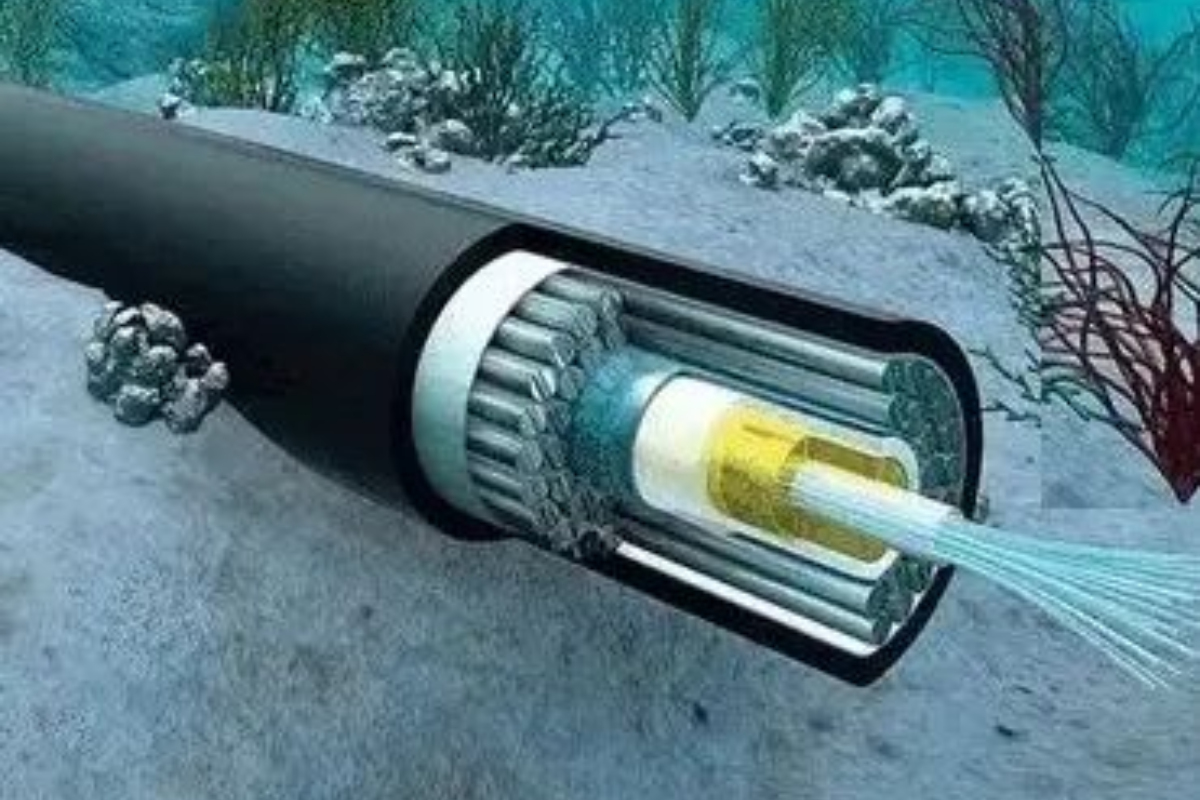Submarine cable are laid on the seabed and play a role in transmitting information between countries or over long distances across oceans. They ensure the transmission of electricity, data and networks in all regions of the world. Although the distance between landing points on land is very long, fast-track submarine cables reach regions around the world. But thanks to the speed of the submarine cable, it can be done in a very short time.
What is the Cable Sous-marin ?
Submarine cable is a type of cable laid underwater. It is used for the transmission of information and energy over long distances. Faced with the complexity of the environment and various unknown problems on the seabed, the design structural of the submarine cable is more complicated. There are more protective structures and layers of shielding.
The optical fibers and conductors inside the cable are sheathed in steel tubes to prevent damage from water pressure. The outer side is covered with high-strength steel wire armor and PVC material as a protective layer. It will also be covered with a layer of bitumen to prevent erosion by sea water..
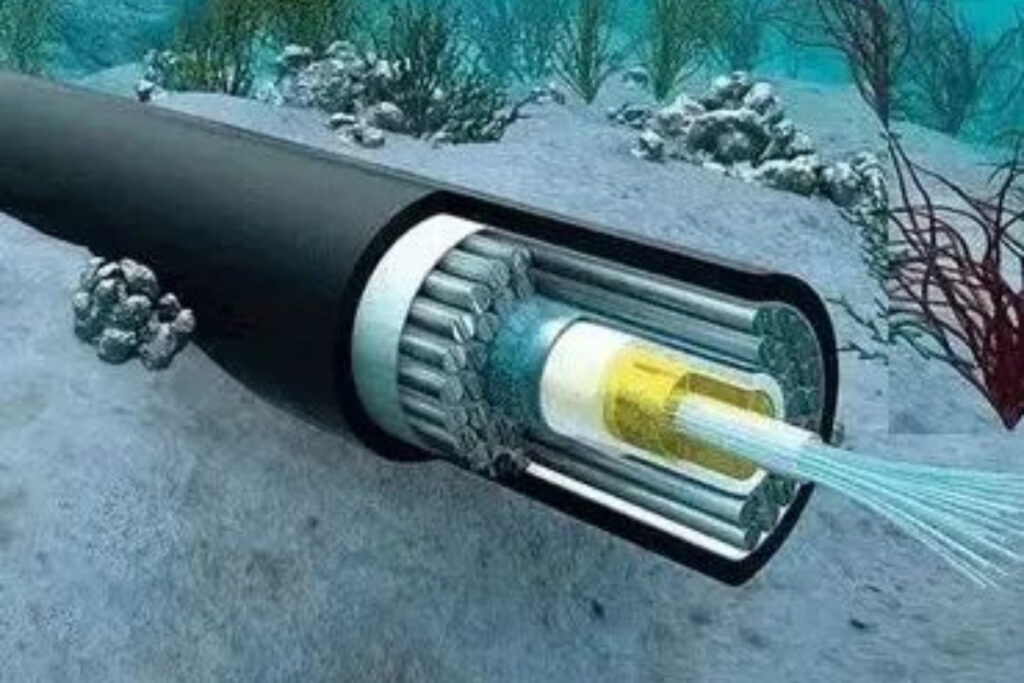
Currently, the internet is growing rapidly and a large amount of data is transmitted every moment. The ability to transmit information, of mail and data between countries is enormous.
Submarine cable applications
Optical fiber submarine cable can guarantee large capacity data transmission in a short time. The submarine cable contains a very large number of optical fiber cores. Currently, Submarine fiber optic cables are also the main business of large communications equipment manufacturers.
Submarine cable are also used for transmission of electricity from offshore working platforms. For example, offshore wind energy, offshore drilling platforms, etc. These devices need a lot of electricity to operate. Offshore wind power is a kind of green energy, the use of sea wind is converted into electricity to be transported to land. Subsea cables are required for the transmission of electricity between the offshore wind turbine and the offshore drilling platforms.
Advantages of Cable Sous-marin
In the age of the Internet, THE countries cooperate and communicate frequently. The demand for transnational communication is increasing. Capacity and transmission speed of submarine fiber optic cables. They connect different countries and regions for communication purposes. Play an important role in connecting regions.
Due to the great difficulty of underwater installation, a longer lifespan is planned in the cable design process. The lifespan of a submarine fiber optic cable is generally 25 ans. It can be used for a long time after installation and, long term, it constitutes an economical and sustainable means of communication.
Fiber optic submarine cable is highly resistant to interference and shielding, and the data transmission delay is low. Reliability of data transmission is guaranteed. It prevents data leaks with encryption technology and physical protection measures that ensure digital information is secure.
This is the key to transnational data transmission. The development of the submarine cable industry promotes international trade. Demand for transnational data transmission increasing, market demand is growing. Submarine cables are a source of significant investment, they improve infrastructure and enable technological advances.
Submarine cables have a large number of protective layers and armor on the outside to ensure that they can withstand underwater activities such as volcanic eruptions and underwater earthquakes..
Domains of’Aapplication of Cable Sous-marin
Transmission TTransoceanic Electricity
Unequal distribution of energy around the world, in order to transmit excess energy to regions where it is scarce. Submarine cables are needed as a means of transmission over long distances.
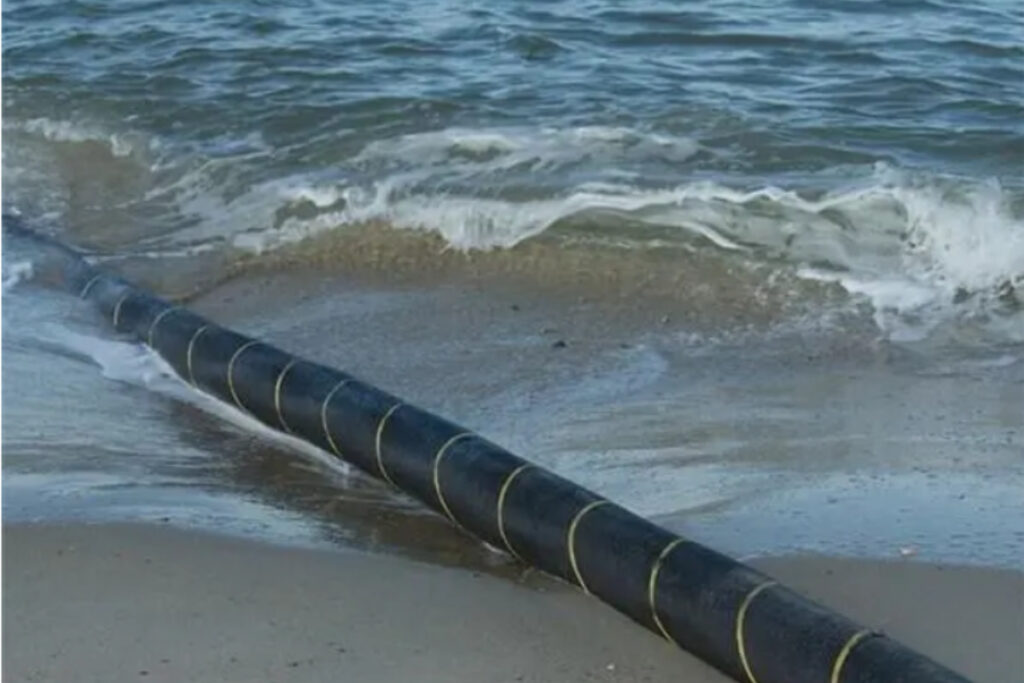
With the development of information technology, the field of digital communication has increasingly high requirements in terms of information transmission time, lead time and capacity. The various characteristics of submarine fiber optic cables
meet these requirements. Demand for submarine fiber optic cables increases.
Currently, exchanges and cooperation are common in various regions of the world. The application of submarine optical fiber cables is gradually strengthening. Currently, submarine cables are mainly used for transnational data transmission.
Marine Scientific Research
We know very little about the seabed. Another role of submarine cables optical fibers is the detection of the marine environment. This includes data collection in areas such as underwater earthquakes, underwater volcanic eruptions, tsunamis and ocean climate.
Use of optical fibers as sensors and information transmission channels. Laying along the submarine cable. Real-time monitoring of various parameters and data transmission through fiber optic cables.
Wind Energy in Mis, Plateforms Poilseeds
Have you ever wondered how offshore wind energy systems transmit energy to land? ? In the first place, the energy produced by wind turbines is transmitted to land by underwater cables to meet electricity needs on land. This transmission method has the advantage of offering long transmission distances and low losses..
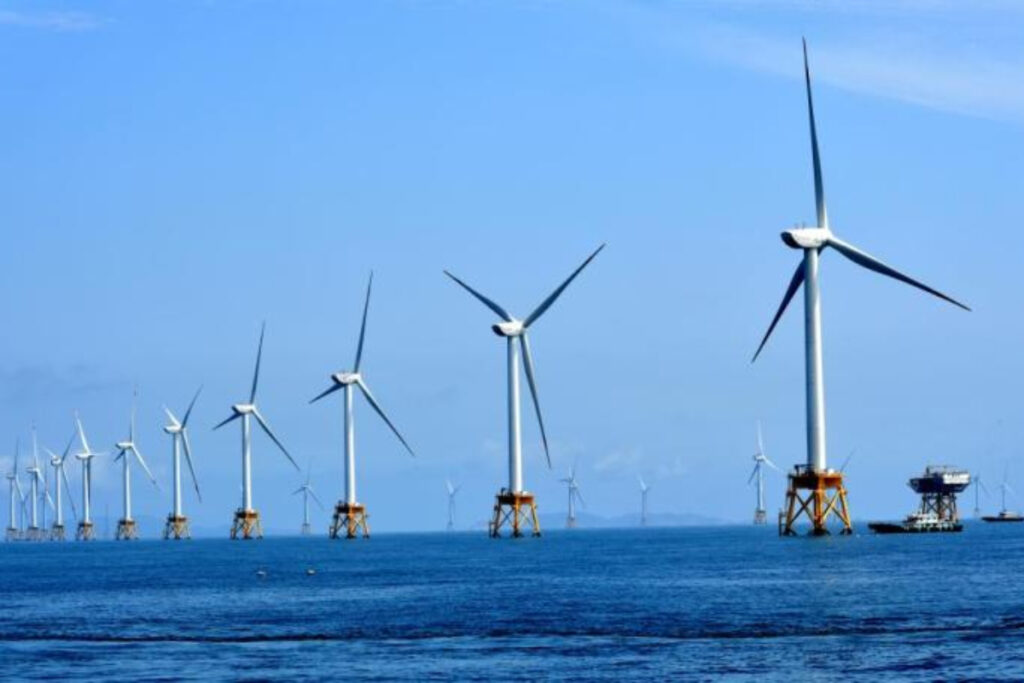
The operation of electrical equipment on offshore oil extraction platforms consumes a large amount of electricity. Electricity is generally transmitted from the continent or produced by generators. Generators consume large amounts of fuel and have high delivery costs.
Therefore, when the distance from the earth is relatively small, submarine cables can be laid. Energy is transmitted directly to the platform. When the distance is greater, it can be used in combination with offshore wind power to avoid wasting resources by laying underwater cables over long distances.
Or Sont Pdared to Cable Sous-marin ?
Submarine cables are usually laid in countries with a coastline. To prevent lines from being damaged in the future, it is necessary to build several lines in order to guarantee the reliability of the cable.
As part of the exchange of frequent communications between two regions, a large number of submarine fiber optic cables will be laid. Connect servers in each region. They carry digital information, internet data, email and other digital signals.
Currently, the Atlantic Ocean is one of the most important submarine cable routes. It connects many countries in many regions such as Europe, Africa and the Americas. There are around thirty cable routes.
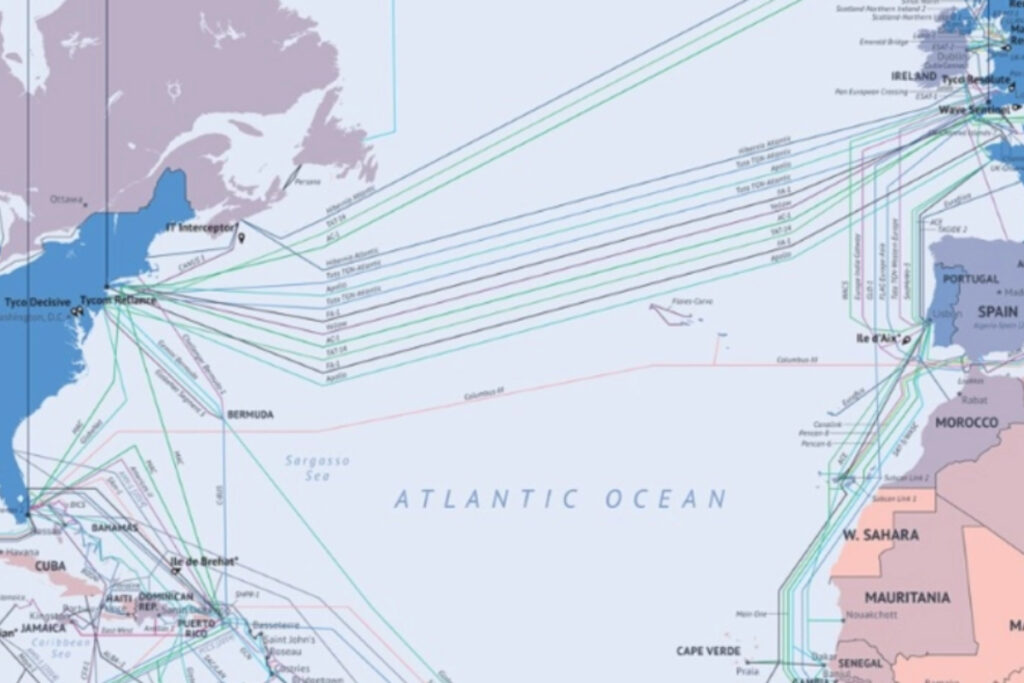
The Pacific Ocean is the largest ocean in the world. There are also many underwater lines there.. They connect Asia and the west coast of the Americas.
Development Fbad luck Cable Sous-marin
The global digital development accelerates more and more, and demand for data security and speed is high. In order to respond to global digital development, demand for submarine cables will continue to increase.
At the same time, the digital economy and digital traffic constitute the new digital markets, which will facilitate the deployment of more submarine cable projects. Submarine cable technology must continue to evolve to ensure data security and increase transmission capacity.

